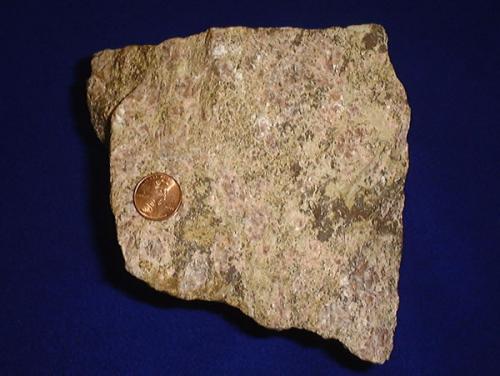Rare earths, a polluting strategic advantage
- Opinión

Rare earths are a strategic advantage for China; as many of these minerals' reserves are in the Asian country. However, rare earth production is highly polluting, so China has undertaken to limit its exploitation.
In 1992, then Chinese leader Deng Xiaoping recognised that if "the Middle East has oil, China has rare earths." Ever since, the Asian nation has considered them an essential asset, from which it can derive a significant advantage.
Rare earths are a group of 17 elements with a wide range of uses. Highlighting their importance for the production of batteries and magnets, they are indispensable, among other things, for the construction of 9 out of 10 engines for hybrid and electric vehicles, as well as intelligent devices, LED screens, and a large number of components related to high technology.
In the context of the trade war, soon after the threats against Huawei by the US government, President Xi Jinping visited an electric motor factory on 21 May, 2019, that uses rare earths. It was a way of reminding him of his monopoly and advantage in that crucial asset for many industries. China currently charges a 25% tariff on the export of rare earths to the US.
World reserves of rare earths are mainly in China, with just over a third of the total. It holds almost two-thirds of world production by 2019, according to figures from the US Geological Survey (USGS). The Asian country maintains this leadership since 1995, and between 2009 and 2011, it became practically the sole rare earth producer in the world.
China also became the main exporter, driven by its massive production. It has imposed export quotas on the volume of rare earth since 2010 to take advantage of the world's dependence on this mineral. The allocations in 2010 limited the volume of rare earths that Toyota demanded in Japan, for example. Hence, they began, followed by Volkswagen, to develop technologies that could replace these minerals as input. Global dependence on China is still significant. The US imported 70% of the rare earths it used in 2018 from the Asian Giant. The difference was domestic supplies. The largest importer in the world is Japan, with almost a fifth of world imports.
There are production quotas, in addition to export quotas. These respond to the pollution inherent in mining these materials. From 2011 onwards, China's provision and exports have decreased concerning the world total; while a large part of the reserves remain in the Asian nation, more and more countries are mining them. The growing supply in Australia and the USA stands out, contributing 22% of global output in 2019.
Rare earth production is a double-edged sword for the environment. On the one hand, it is an essential input that supports cleaner energy sources, such as engines' supply for electric vehicles. On the other hand, the pollution represented by mining them has been devastating for some regions in China.
Of particular note is the world's largest rare earth mine located in Baotou, Inner Mongolia in northern China. Contamination from the mine has created a sizeable black lake of radioactive waste that has weakened the region.
China has stopped exporting rare earths, and has started importing them to the point of becoming the second-largest importer of these minerals in 2018, getting rid of the pollution that this mining activity spills. Its imports come from Malaysia, Myanmar, and the US. With falling production quotas, it means the abandonment of polluting rare earth mining within China; however, much of the refining and supply chain of mining activity remains in China.
The Asian nation still has a monopoly advantage over the rare earth supply without producing and polluting itself internally. The world is seeking to shed both its dependence on China and its dependence on rare earth pollutants. However, in a very incipient way, for example, Apple's recently announced iPhone 12 boasts of using recycled rare earth. Dependence on rare earths in the world from many industries will continue without any significant change on the horizon. Like the Middle East or Norway with oil, China is trying to de-link the polluting activity towards a cleaner economy.
Num. 30 Year 2020, October 20th
- Arturo Martínez Paredes, Faculty of Economics, UNAM, member of obela.org
- OBELA: Oscar Ugarteche (Coord), Armando Negrete, Carlos de León, Bertín Acosta, Priscila Martinez, Jorge Zavaleta. www.obela.org
Del mismo autor
- Overview of US unemployment 11/02/2021
- Panorama del desempleo estadounidense 11/02/2021
- Rare earths, a polluting strategic advantage 21/10/2020
- Tierras raras, ventaja estratégica contaminante 21/10/2020
- The confined energy landscape 08/09/2020
- El panorama energético en confinamiento 08/09/2020
- La seguridad alimenticia y la pérdida de los ingresos 16/06/2020
- Food security and loss of income 16/06/2020
- The profitability of the oil industry 04/05/2020
- La rentabilidad de la industria petrolera 04/05/2020
